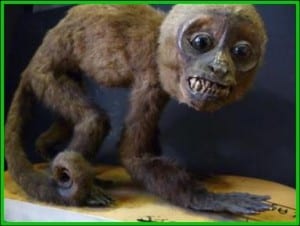There is a popular British colonial narrative in which Captain James Cook “discovered” Australia in 1770, as demonstrated by this Google autofill:

Evidence that James Cook indeed discovered Australia
In reality, not even Cook thought this was true. Australia had been known by the French, Portuguese, Spanish and Dutch (hence its original European name “New Holland”, which Cook himself used) for at least two hundred years before Cook landed in the southeast of the country on his ship HMS Endeavour. Obviously Indigenous Australians and their neighbours also had been there for around 50,000 years.
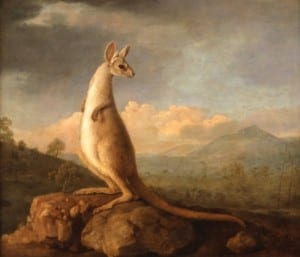
The Kongouro from New Holland (Kangaroo), George Stubbs (1772). ZBA5754 (L6685-001). National Maritime Museum, Greenwich, London
Our current exhibition Strange Creatures: The Art of Unknown Animals explores how newly discovered animals are communicated to the public back home. It is is centred around a painting that resulted from that voyage of Cook’s – a kangaroo by George Stubbs. This is the first painting of an Australian animal in Western art. As I wrote in the exhibition text:
This painting helped begin Europe’s relationship with Australian wildlife. Commissioned by legendary naturalist Joseph Banks, painted by celebrated animal artist George Stubbs, and based on findings from Captain Cook’s famous voyage, this kangaroo truly captured the country’s imagination.
Stubbs’ image became the archetype for representations of kangaroos for decades – reproduced and refigured prolifically. It may not be anatomically perfect, but this is how Britain came to know the kangaroo.
It is an emblem of the age of exploration at the historical threshold of the European occupation of Australia. Nothing was ever the same again.
Here I’d like to explore some of the meetings between Europeans and Australiasian marsupials that preceded Cook’s visit. (more…)
Filed under Grant Museum of Zoology
Tags: Art History, Australasia, Australia, Captain Cook, Exploration, George Stubbs, History, History of Art, Jack Ashby, Kangaroos, Marsupial, Marsupials, Strange Creature the Art of Unknown Animals, Western Australia
4 Comments »
 Close
Close


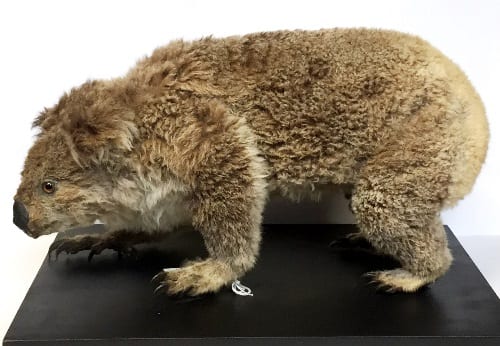

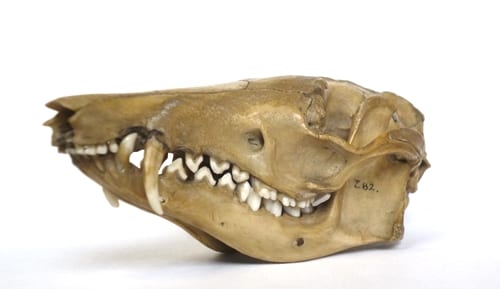

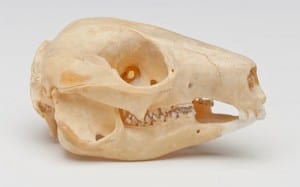
![LDUCZ-Z90 Thylacine skull [Grant Museum, UCL / Fred Langford-Edwards]](https://blogs.ucl.ac.uk/museums/files/2016/01/Fred-Langford-Edwards-LDUCZ-Z90.jpg)




